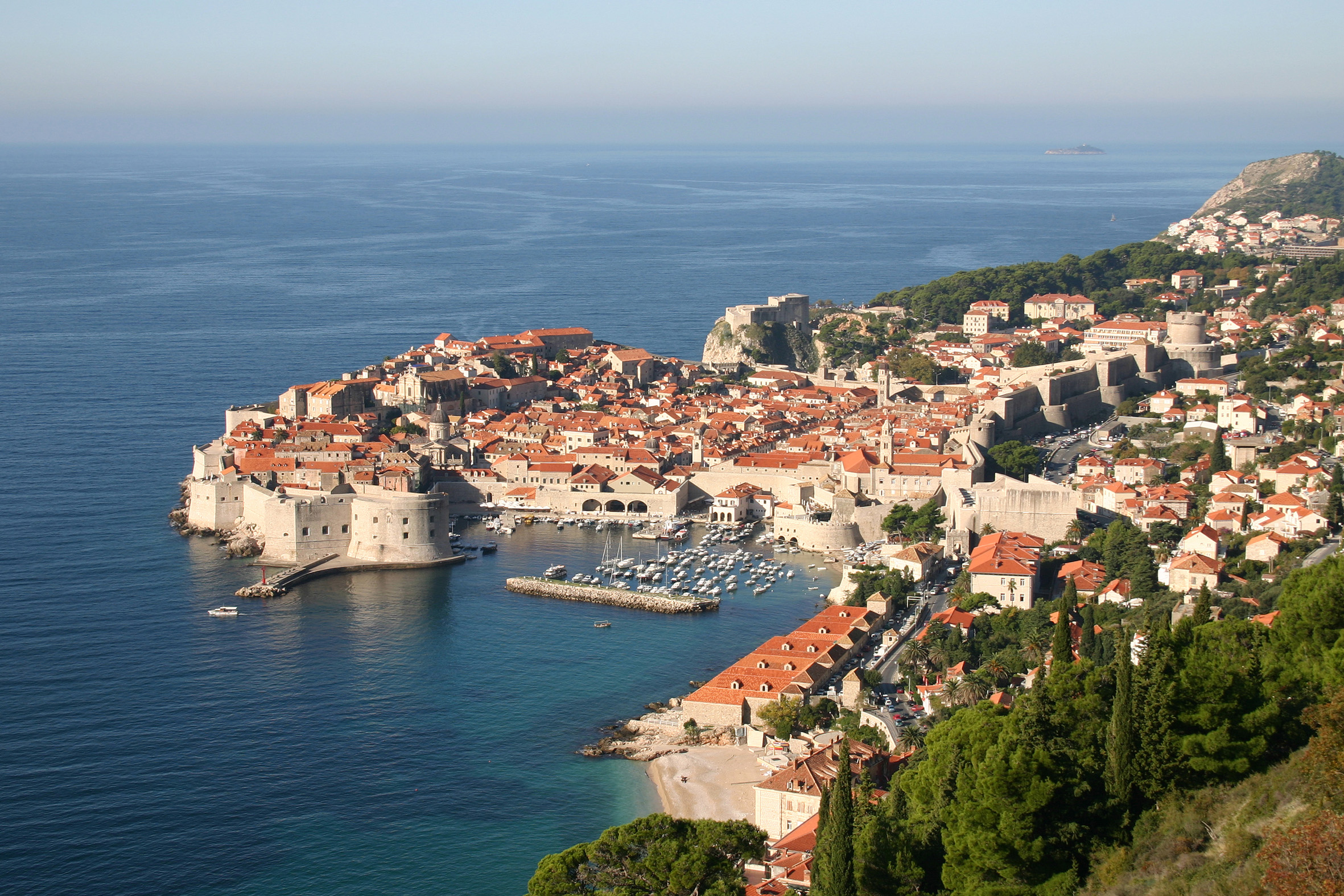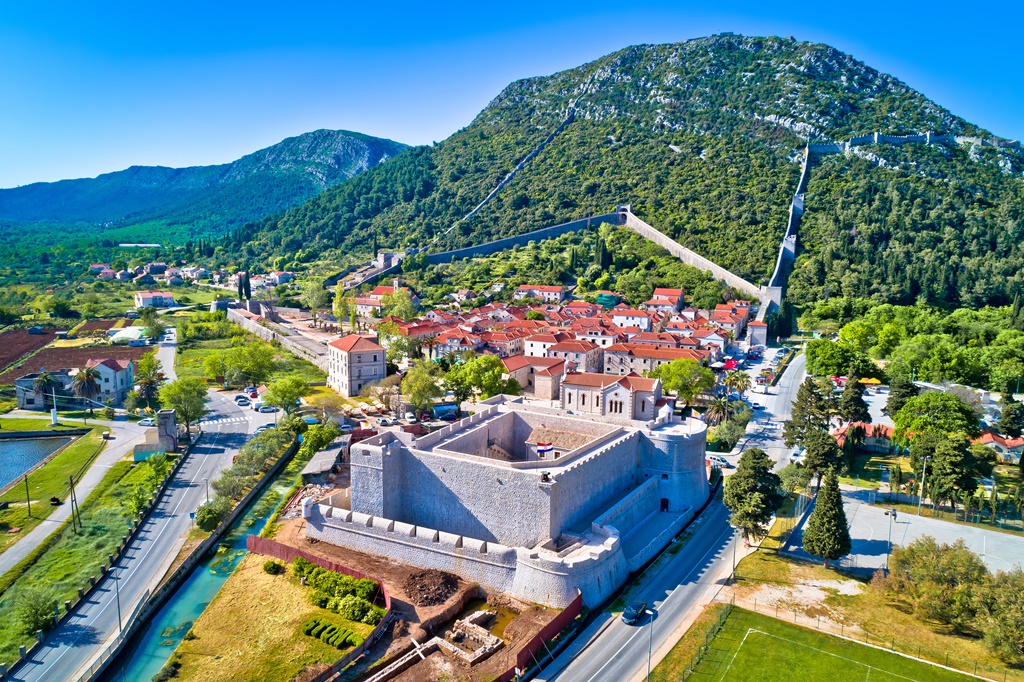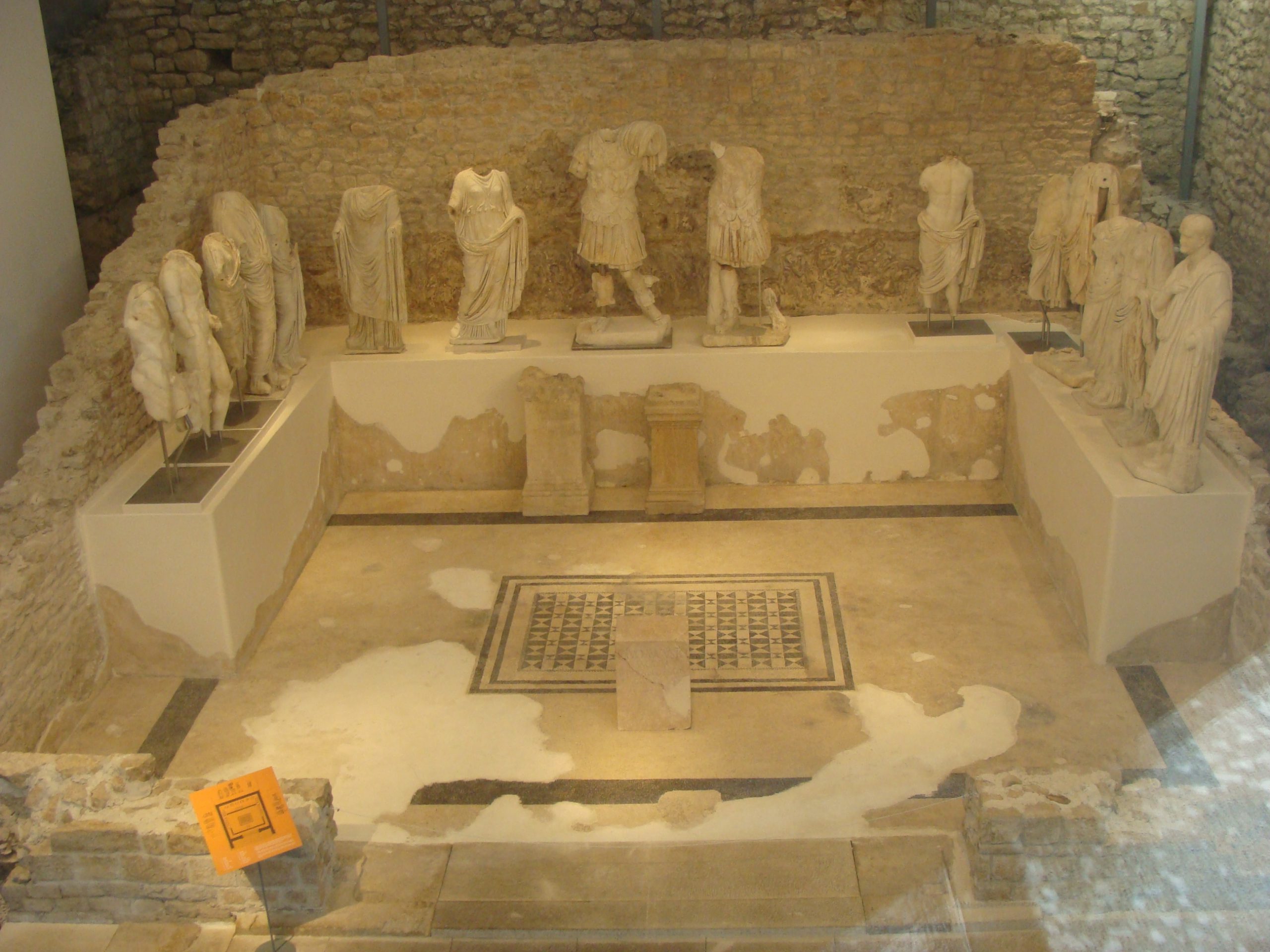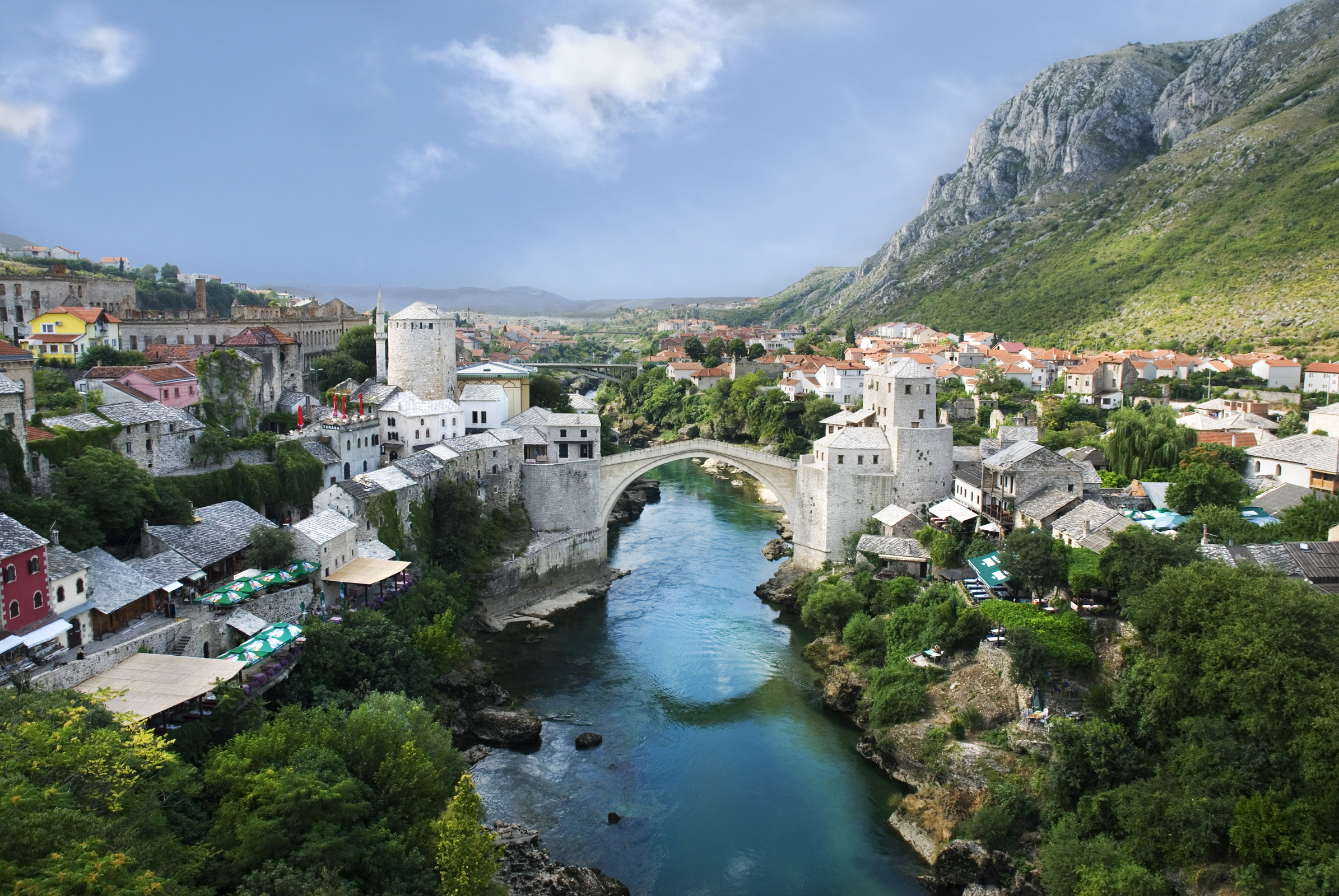
Dubrovnik
DUBROVNIK, a magnificent historic city, was founded in the 7th century. It was the only city-state on the entire Croatian coast, from the 14th to the 19th century. Seafaring and trade, together with the wise international policy and skilful diplomacy brought economic and cultural prosperity for centuries to the free city–state. The Dubrovnik people were known as good seafarers, tradesmen, scientists and writers.

National Park Mljet
Mljet – the green island. The Ogygia of Homer's Odyssey. According to legend, the nymph Calypso, lover of the Greek hero Odysseus, chose this island as her home. The beauty of the island was the only beauty surpassing hers, making Odysseus, that eternal traveler, stay there for years. Are there any facts in the legend? Some historians are convinced that, by describing Ogygia, Homer actually wrote about the island of Mljet. Others doubt that. The romantics would say that only the sea knows the answer. Well, whatever the answer may be, a cave bearing the name of Odysseus, that Greek adventurer, still stands there carved in stone.

Walls of Ston
The Walls of Ston (Croatian: Stonske zidine) are a series of defensive stone walls, originally more than 7 kilometres (4.3 mi) long, that surrounded and protected the city of Ston, in Dalmatia, part of the Republic of Ragusa, in what is now southern Croatia. Their construction was begun in 1358. On the Field Gate of the Walls (Poljska vrata) there is a Latin inscription which dates from 1506. Today, it is one of the longest preserved fortification systems in the world.

Narona Archeological Museum
The region’s historical heritage is best represented by the ancient town of Narona, the village of Vid near Metković, the small Church of St. Vitus, the early Christian church of Bare, the complex of early Christian basilicas, town walls and the forum with the Temple of Augustus.

Mostar
Mostar has been most famous for this beautiful historic Ottoman-style bridge, which spanned the Neretva river in what is considered the historic center of the city. Through combined efforts with the international community, rebuilding of The Old Bridge was completed in 2004, almost 11 years after its destruction, using some of its original pieces recovered from the Neretva river. A significant portion of the city has been rebuilt and visitors might be surprised to see that this formerly war-torn city is a lively and beautiful destination once again, particularly the area within and around the old town.
